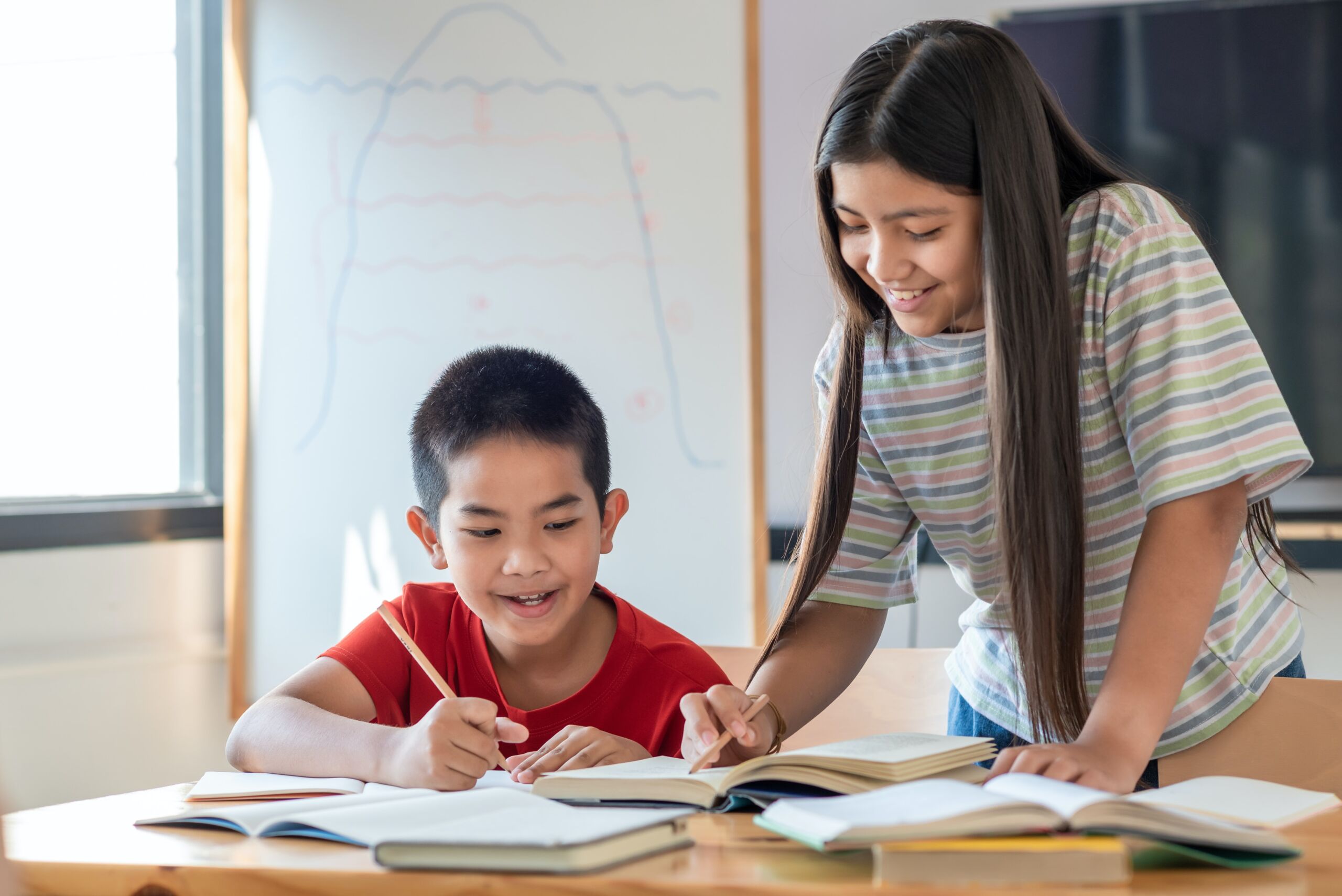We know they are there. In fact, we so just expect them to be there, we may take them for granted. What am I talking about? Text features. Things like Table of Contents, Glossary, Index, Images, Captions, Guide Words. The real question is, do our students know they are there, in books, just waiting to be used? Do they even know what these things are?

I have a lesson I do with my library media students for as much as what it doesn’t focus on as what it does. I literally take my students to an encyclopedia and talk about the Guide Words at the top of the page, the way the articles are arranged on the page, where the page number is located, the images and captions, how the book is arranged, the See Alsos at the end of the entry, and the author’s name. I specifically do this with reference books, but I like to think that it helps my students look at all books in a different light.
My OCD students find freedom when they begin to examine the layout of the book. They can now put into words what disturbs them about a font size being too small or the page too crowded. They can evaluate whether a book will be easy to use or not before they begin.
In response, I ask my students to do the same thing, and some of them really do not enjoy doing this. I ask them to choose any two reference books, and I have some really cool reference books – Terrorists, The Value of a Dollar, Parent’s Aren’t Supposed to Like It – and to record themselves evaluating those sources just as I did. That is the part that they do NOT like – recording themselves.
“I love how this activity provides my students with ‘Ah-ha’ moments when they can finally understand what is going on in the background of their minds as they look at and use books, websites, social media posts, newscasts, commercials, anything with a layout and design.”

In the process of this activity, do we actually read what is written? Not really, but fact gathering is not the point of this lesson. Familiarizing ourselves with how sources are arranged and what they include, learning what text features are and what they do for us is the point. Some might term this media literacy or organizational literacy. Whatever you want to call it, I love how this activity provides my students with “Ah-ha” moments when they can finally understand what is going on in the background of their minds as they look at and use books, websites, social media posts, newscasts, commercials, anything with a layout and design. They are learning things that were impacting their learning that they never realized. They become smarter consumers of information.
Here’s 2 resources you can use:



